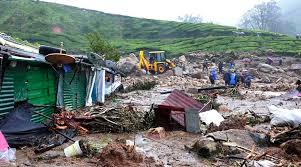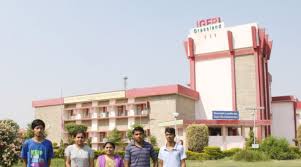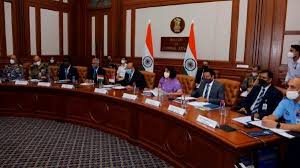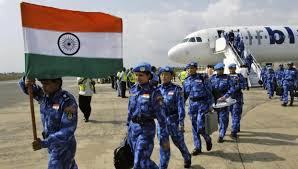
A massive landslide has took place in Kerala at Pettimudi, a hamlet in Rajamala ward under Munnar village panchayat on 6 August and crushed a settlement of 83 tea estate workers. So far, 49 bodies have been recovered, 12 persons have been rescued and many are still missing.
Daily Current Affairs Quiz 2020
Key-Point
Rajamala includes Eravikulam National Park, and the landslide was triggered from a shola forest region in the national park. Rocks, slurry and sludge crashed down a distance of around 1½ km to a patch of valley in Pettimudi, crushing the houses of estate workers.
The location where the landslide was triggered has a 40° slope, and any slope above 20° is vulnerable to slipping during heavy rain. The soil has a high content of sand, which absorbs more water, takes a loose form, and is at risk of slipping down.
In 2019, 59 persons died in Kavalappara, Malappuram. In Puthumala, Wayanad, another landslide killed 17.
In 2018, in various landslides in Idukki, 60 died. Elsewhere, a landslide in Thamarassery, Kozhikode killed 14, and another in Kurancheri, Thrissur killed 1.
Landslide
A landslide is defined as the movement of a mass of rock, debris, or earth down a slope. Landslides are a type of “mass wasting,” which denotes any down-slope movement of soil and rock under the direct influence of gravity.
The term “landslide” encompasses five modes of slope movement: falls, topples, slides, spreads, and flows. These are further subdivided by the type of geologic material (bedrock, debris, or earth).
Debris flows (commonly referred to as mudflows or mudslides) and rock falls are examples of common landslide types.





